In the ever-evolving landscape of technology and creativity, the fusion of artificial intelligence (AI) and visual arts has sparked a revolution that promises to reshape the way we perceive, create, and appreciate art. AI-powered tools and algorithms are not merely tools for artists but are becoming co-creators, pushing the boundaries of what is possible in the realm of visual expression. In this blog post, we will explore the exciting intersections between AI and the visual arts, from the generation of art to its curation and preservation.
The Rise of AI-Generated Art
AI’s foray into the visual arts begins with the creation of art itself. Generative adversarial networks (GANs), recurrent neural networks (RNNs), and deep learning algorithms have enabled AI systems to produce original artworks. These AI-generated pieces range from paintings and sculptures to digital installations, challenging conventional notions of authorship and creativity. One notable example is the “Portrait of Edmond de Belamy” created by Obvious, a Paris-based art collective, which sold for over $432,000 at auction.
AI’s ability to generate art extends beyond imitation; it can create entirely new styles, blending elements from various artists or historical periods. Artists and AI researchers collaborate to push the boundaries of artistic expression, resulting in mesmerizing and thought-provoking pieces that capture the imagination.
Augmented Creativity: Tools for Artists
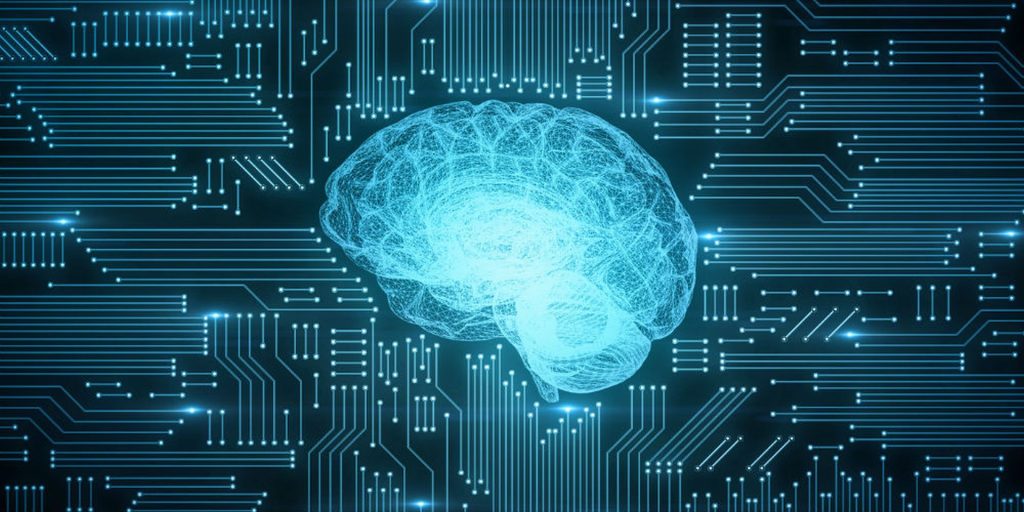
AI also plays a pivotal role in augmenting the creative process for human artists. Artists can leverage AI tools to enhance their skills, experiment with new techniques, and overcome creative blocks. For instance, AI-powered software can analyze an artist’s style and generate suggestions for improving their work. It can even provide real-time feedback during the creative process, offering alternative color palettes, brushstroke styles, or composition ideas.
Moreover, AI tools are democratizing art creation by making it more accessible. Artists no longer need extensive training or expensive materials to get started. AI-powered applications like DeepDream, Artbreeder, and Runway ML provide user-friendly interfaces for creating art without requiring in-depth technical knowledge. This accessibility is helping a new generation of artists emerge, unbound by traditional barriers.
Art Curation and Personalization
AI’s influence in the art world extends to the curation and personalized experience of art for viewers. Museums and galleries are using AI algorithms to curate exhibitions, tailoring the selection of artworks to visitors’ interests and preferences. This dynamic approach to curation allows for a more engaging and immersive experience, where art enthusiasts can explore collections that resonate with their tastes.
Personalized art experiences are not limited to physical spaces. Online platforms and art marketplaces utilize AI-driven recommendation engines to suggest artworks to potential buyers, enhancing the discoverability of emerging artists and unique pieces. This data-driven approach is reshaping the art market and democratizing access to art by connecting collectors with pieces that speak to them on a personal level.
AI-Powered Preservation and Restoration
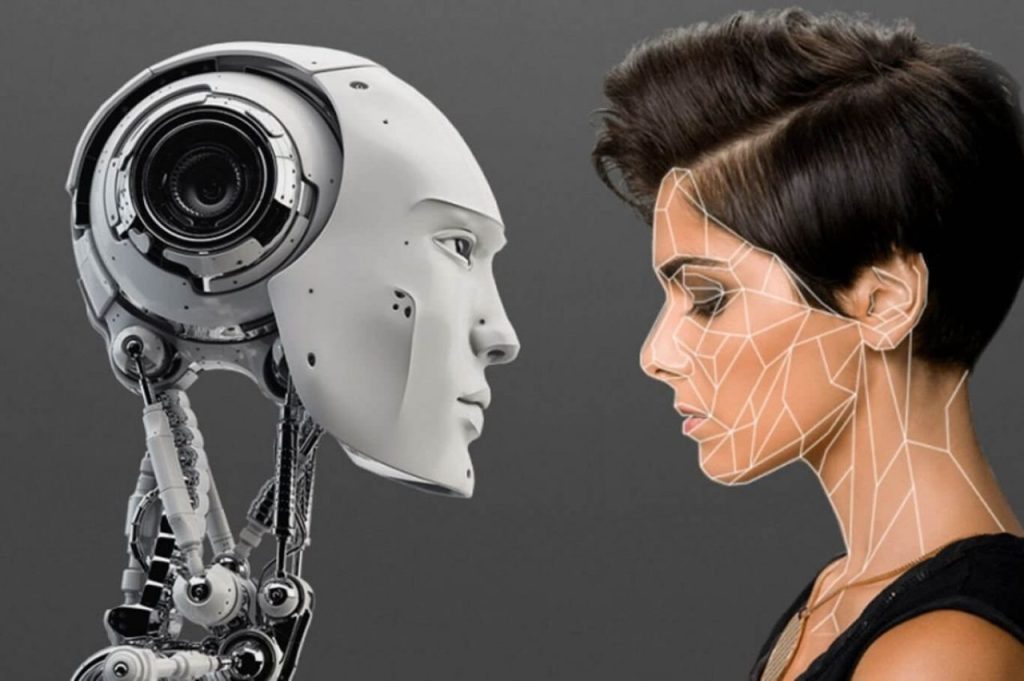
Preserving and restoring artworks is a critical aspect of the art world, and AI is making significant contributions in this arena as well. AI algorithms can analyze images of deteriorating artworks and generate digital representations of how they looked in their original state. This aids in the restoration process, guiding conservators in their efforts to revive damaged pieces.
Furthermore, AI helps in the preservation of cultural heritage by digitizing and cataloging vast collections of art and artifacts. AI-driven systems can automatically tag, classify, and organize items in museums, archives, and libraries. This not only simplifies the management of cultural assets but also makes them more accessible to researchers and the public.
Ethical Considerations and the Future
While AI’s impact on the visual arts is undeniably transformative, it also raises ethical questions. Who owns the rights to AI-generated art? How do we attribute authorship when AI and humans collaborate? These questions challenge conventional copyright and intellectual property norms and demand thoughtful solutions.
As AI continues to evolve, its role in the visual arts will undoubtedly expand. AI-driven creations and tools will become more sophisticated, challenging our perception of creativity and the boundaries of art itself. It is a journey that promises to be both exciting and ethically complex, opening up new avenues of exploration and expression for artists and art enthusiasts alike. In conclusion, the convergence of AI and the visual arts is ushering in a new era of creativity, innovation, and accessibility. AI is not just a tool but a collaborator, curator, and preserver of art. The future of the visual arts is digital, dynamic, and full of endless possibilities, waiting to be explored by artists, collectors, and enthusiasts alike.

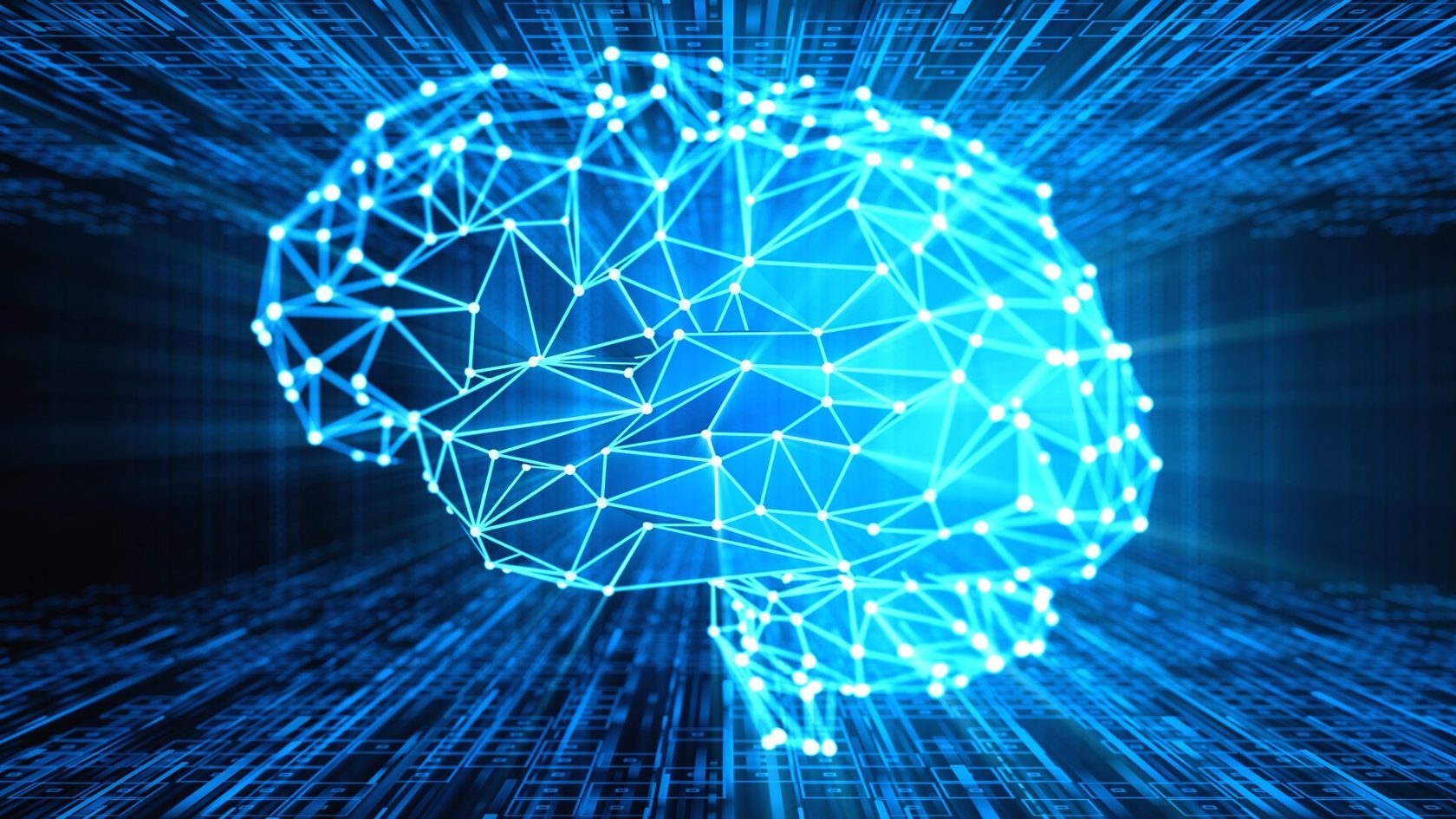
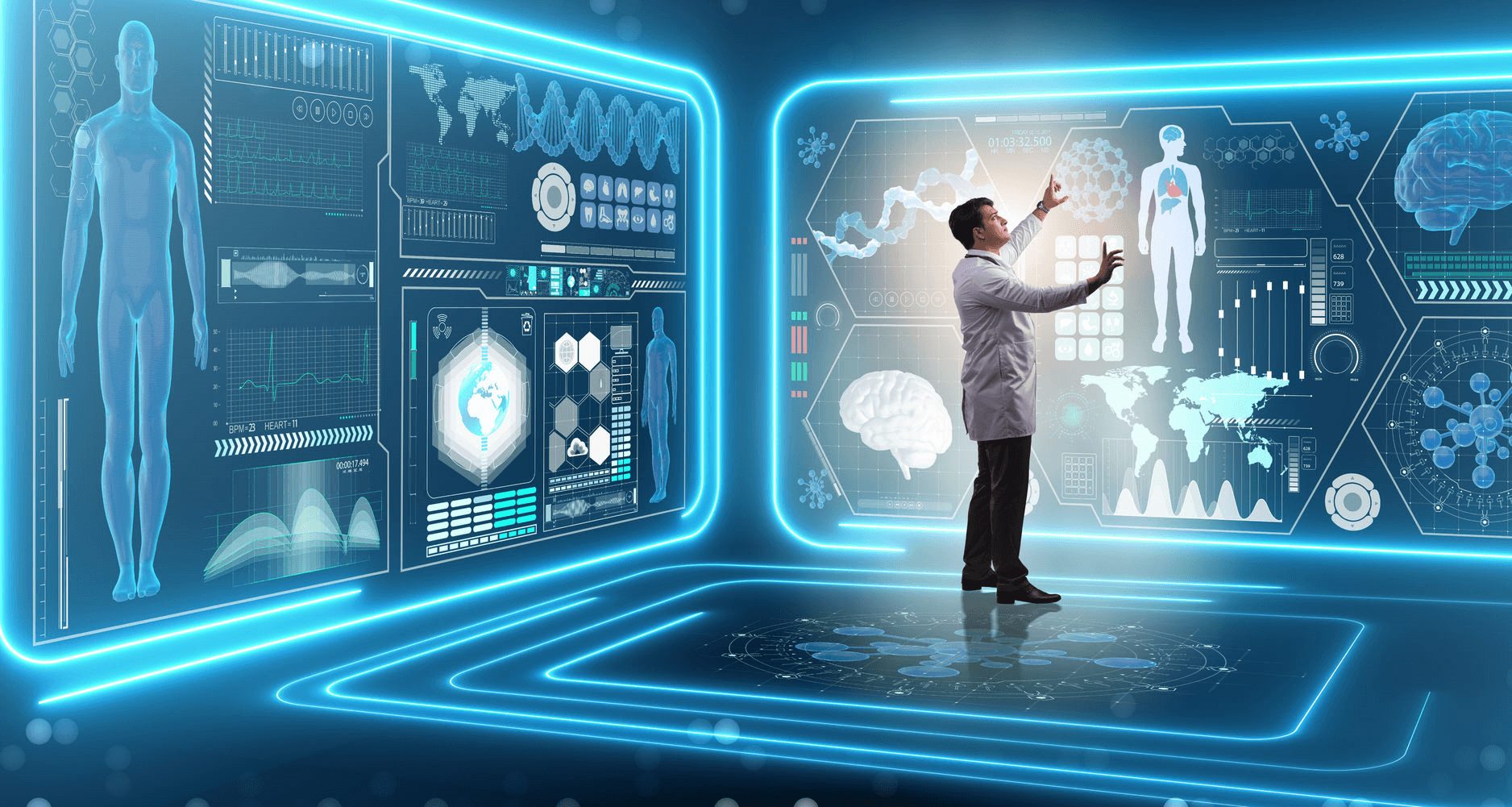
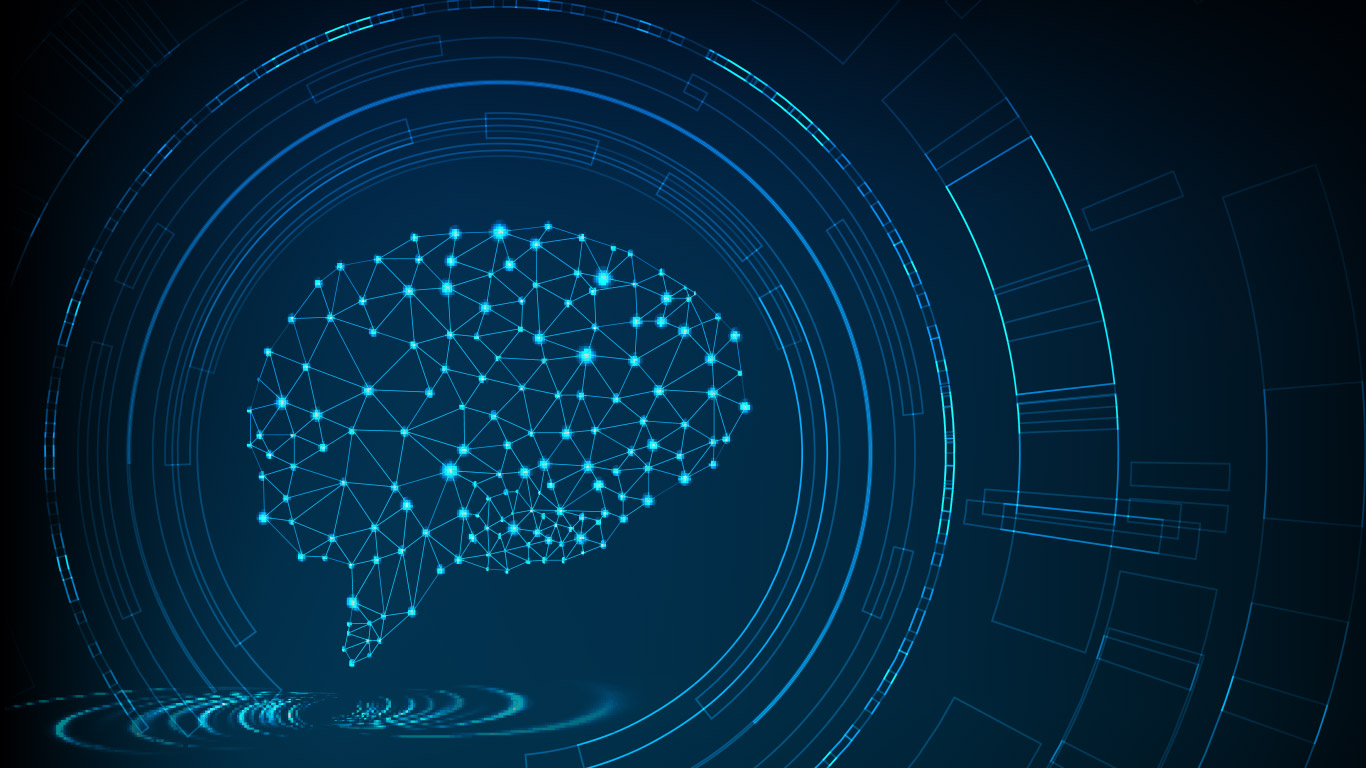

Leave a Reply